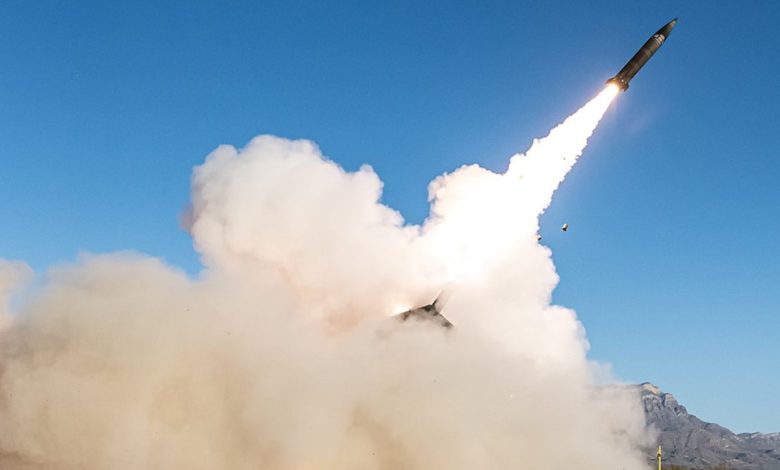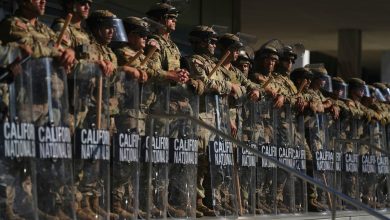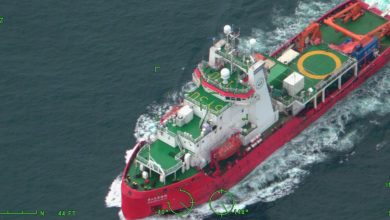Army task forces ‘centerpiece’ for deterring China: INDOPACOM boss

The head of the largest U.S. combatant command praised the fires capabilities that the Army’s multidomain task forces bring to a potential conflict in the Indo-Pacific region.
The service’s task forces are the “centerpiece” of how the joint force denies Chinese military access to key areas, said Adm. Samuel Paparo, commander of U.S. Indo-Pacific Command, Tuesday at the Association of the U.S. Army’s annual Land Forces Pacific conference in Honolulu, Hawaii.
Paparo said such units, combined with the Army’s firepower, enable land forces to contribute fires that counter China’s military aggression in the region.
“We’re facing a profoundly consequential moment here in the Indo-Pacific and, accordingly, the world,” Paparo said.
In a call with media before the event, Army Gen. Ronald Clark, head of U.S. Army Pacific, further framed the use of the task forces.
“What we have developed over time through the joint force is the capability to flip the script if you will that land forces can provide access to air and maritime capabilities on the land,” Clark said.
Units such as the multidomain task force, or MDTF, of which the Army has two operational in the region and is building a third, are “not easily targetable,” dispersed, easy to camouflage and dominate in time and space for targeting, Clark said.
Paparo pointed specifically to the Precision Strike Missile, or PrSM, and its recent use in the Valiant Shield military exercise in Palau.
PrSM’s long-range strike capability, coupled with midrange strike capabilities from maritime assets such as the Tomahawk cruise missile and long-range hypersonic weapons at the strategic layer, creates a deterrence posture across the region.
PrSM is being used to give even tactical units a beyond 500-kilometer strike, putting them in the strategic fires ranges, Army Times previously reported.
Lockheed Martin is currently fielding the Increment 1 version of the PrSM, which has a range of at least 500 kilometers, according to the company. Increment 2 is a land-based, anti-ship seeker. Increment 3 adds lethal payload options, while Increment 4 seeks to push existing ranges beyond 1,000 kilometers.
Meanwhile, the Hawaii-based 3rd MDTF is slated to receive a Typhon midrange missile launcher battery, Defense News reported in March.
The Lockheed Martin-built system, consisting of a vertical launcher that uses the Navy’s Raytheon-built Standard Missile-6 and Tomahawk missiles, can strike targets between 500 to 2,000 kilometers. The system has a battery operations center, four launchers, prime movers and modified trailers.
The 3rd MDTF plans to add hundreds of soldiers to the formation over the next 18 months as it seeks to fill the 2,000-soldier formation. The ultimate configuration will include a headquarters and four battalions, including a long-range precision fires battalion and a sustainment battalion, Defense News previously reported.
Todd South has written about crime, courts, government and the military for multiple publications since 2004 and was named a 2014 Pulitzer finalist for a co-written project on witness intimidation. Todd is a Marine veteran of the Iraq War.
Read the full article here









